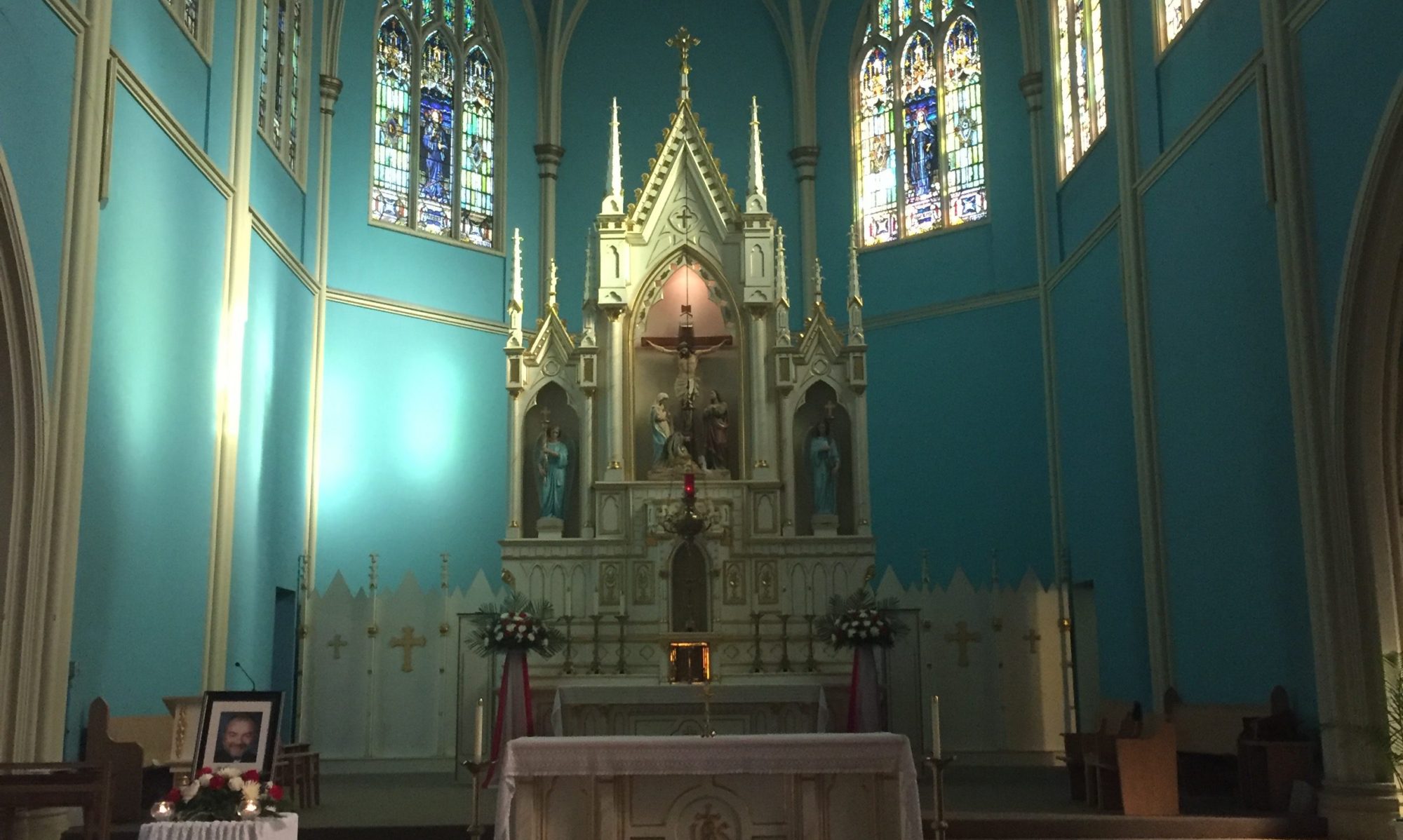People often ask why STLC is focused on preserving Holy Rosary as a church and why we haven’t tried to get the church registered as a historic landmark.
The second question is easiest to answer – the church IS a historic landmark. In fact it was one of the first buildings registered as such by the City of Tacoma, back in 1975.
As for the first question, the bottom line is that preserving Holy Rosary through the canon law process has the highest likelihood of success.
Holy Rosary Church has more rights under Catholic canon law than it does under U.S. secular law. STLC’s strategy is to enforce these rights to the fullest possible extent. For details, read on.
The full answer ties into the answer to the first question. As a historic landmark, Holy Rosary cannot be altered or demolished… with one exception. Under the Religious Land Use and Institutionalized Persons Act, passed by Congress and signed into law by President Clinton in 2000, religious institutions are effectively exempted from such requirements. (For full details, please see the Department of Justice page here: https://www.justice.gov/crt/religious-land-use-and-institutionalized-persons-act).
What does this mean for Holy Rosary?
The law prevents a private developer who bought the site with the church intact from demolishing or substantially altering it. That would severely limit the uses to which the church building can be put, and it would impose all the costs of a restoration and seismic retrofit on the developer. The combined effect of these things means the Archdiocese would get a significantly lower price from the sale.
But, as noted above, the Archdiocese is exempt under federal law from these requirements. It is true that the Archdiocese sought historic landmark status for the church and benefited from it, and should it come to that, we intend to make that case in court, contesting the Archdiocese’s right to destroy the church. But an honest look at the history of the law in practice raises serious doubts about the chances for success there.
But American law isn’t the only law that binds the Archdiocese.
The Archdiocese is also bound by canon law, or Church law. And under canon law, churches cannot be destroyed or deconsecrated if the resources exist – from whatever the source – to preserve them as churches. No cost/benefit analysis comes into play here.
The Archdiocese, echoing Judas (Matthew 26:6-13), talks about how they’d rather spend the money on social services. Under canon law, they are not permitted to make that sort of decision. If the resources exist to preserve Holy Rosary, they cannot demolish it.
Of course, we also care about the poor, and our vision for the church’s future includes a significant social services component. Holy Rosary is in one of the poorest areas of Tacoma, and would be a great base for outreach – indeed, the Archdiocese is already using it as such.
STLC’s strategy is to enforce the rights offered under canon law to the fullest extent, while maintaining a campaign to pressure and, if necessary, shame the archdiocese into doing the right thing by Tacoma.
Should the canonical process fail, we will not give up! We will pursue the civil process, but the canonical process has a better chance of success. There was also a sudden time pressure, and we had to pursue it immediately if it were going to be pursued at all. After years of delay on the part of the Archdiocese, they issued their new decree, and we had ten days from the issuance of the decree to appeal, or the decree would stand.
This is why we are going about this the way we are. If you have further questions, please feel free to contact us at SaveTacomasLandmarkChurch@gmail.com.
And don’t forget to pray for Holy Rosary!
